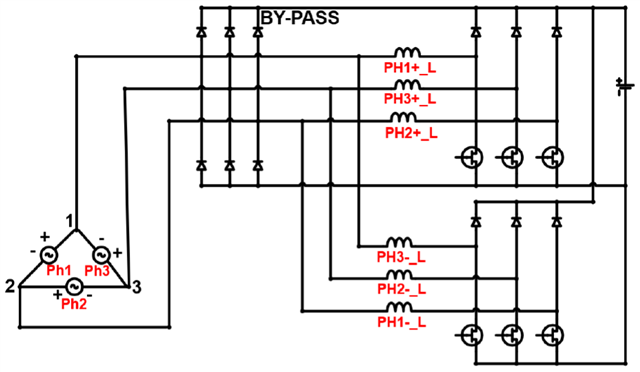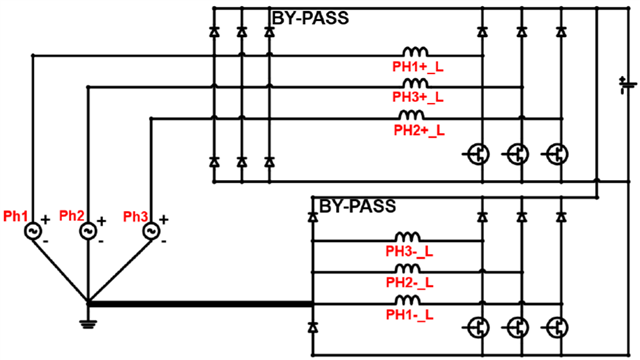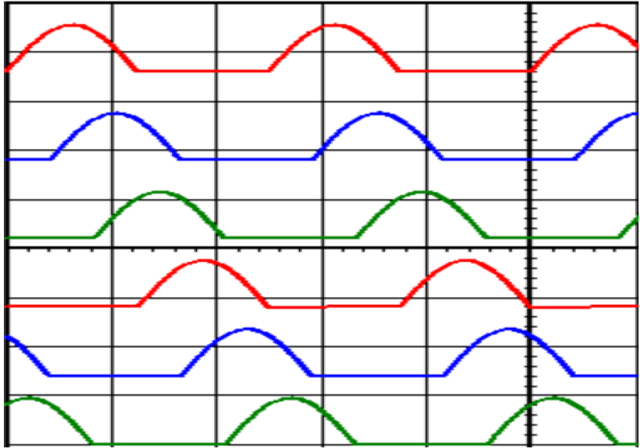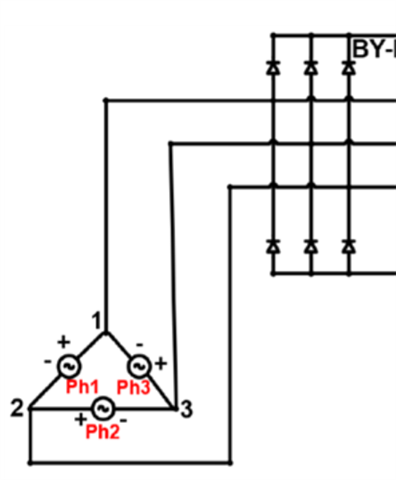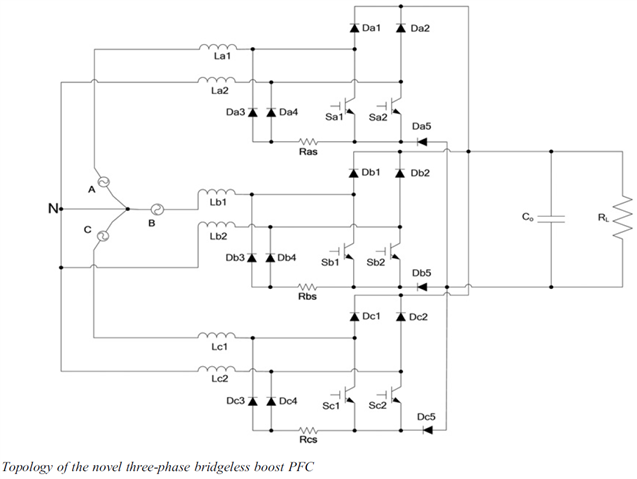Other Parts Discussed in Thread: AMC1302, UCC28070, UCC3818A, UCC28060
Tool/software:
Hi
I'd try the Three-Phase Semi-Bridgeless PFC Topology Using UCC28070-Q1 (Analog IC).
The principle is using the isolatedhalf sine wave reficier and using the Isolated Amplifier(AMC1302).
Biasing the isolated sine wave to the Pin.5 (VINAC) of UCC28070, and the current sense is isolated by current transfomer.
The Vinac signal and Current signal are both isolated.
The Three-Phase Semi-Bridgeless PFC Topology incould six low side mosfet, each mosfet work half sine cycle, and each mosfet comtrolled by each UCC28070.
Could the topology work corrently?
Thanks.

